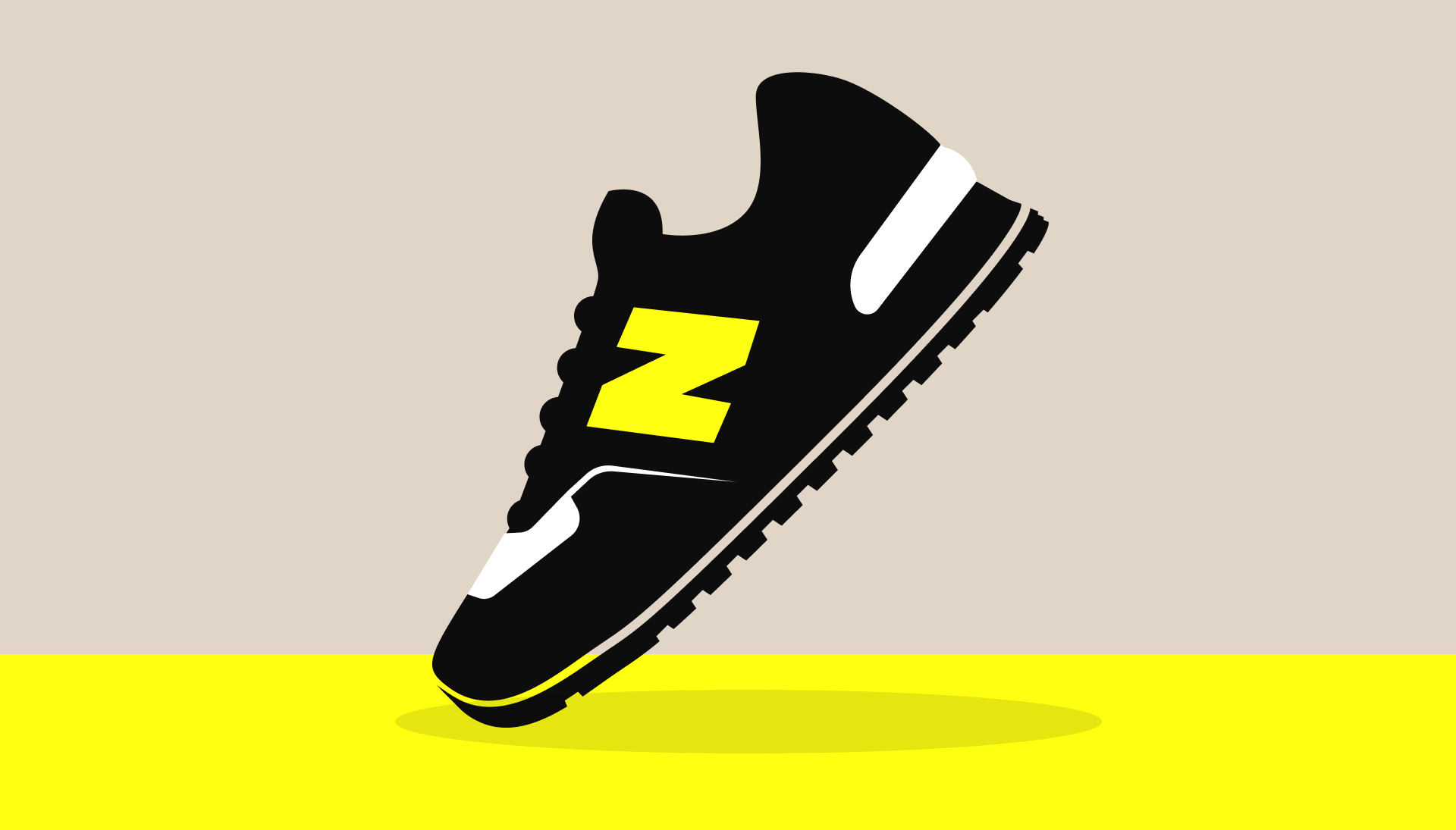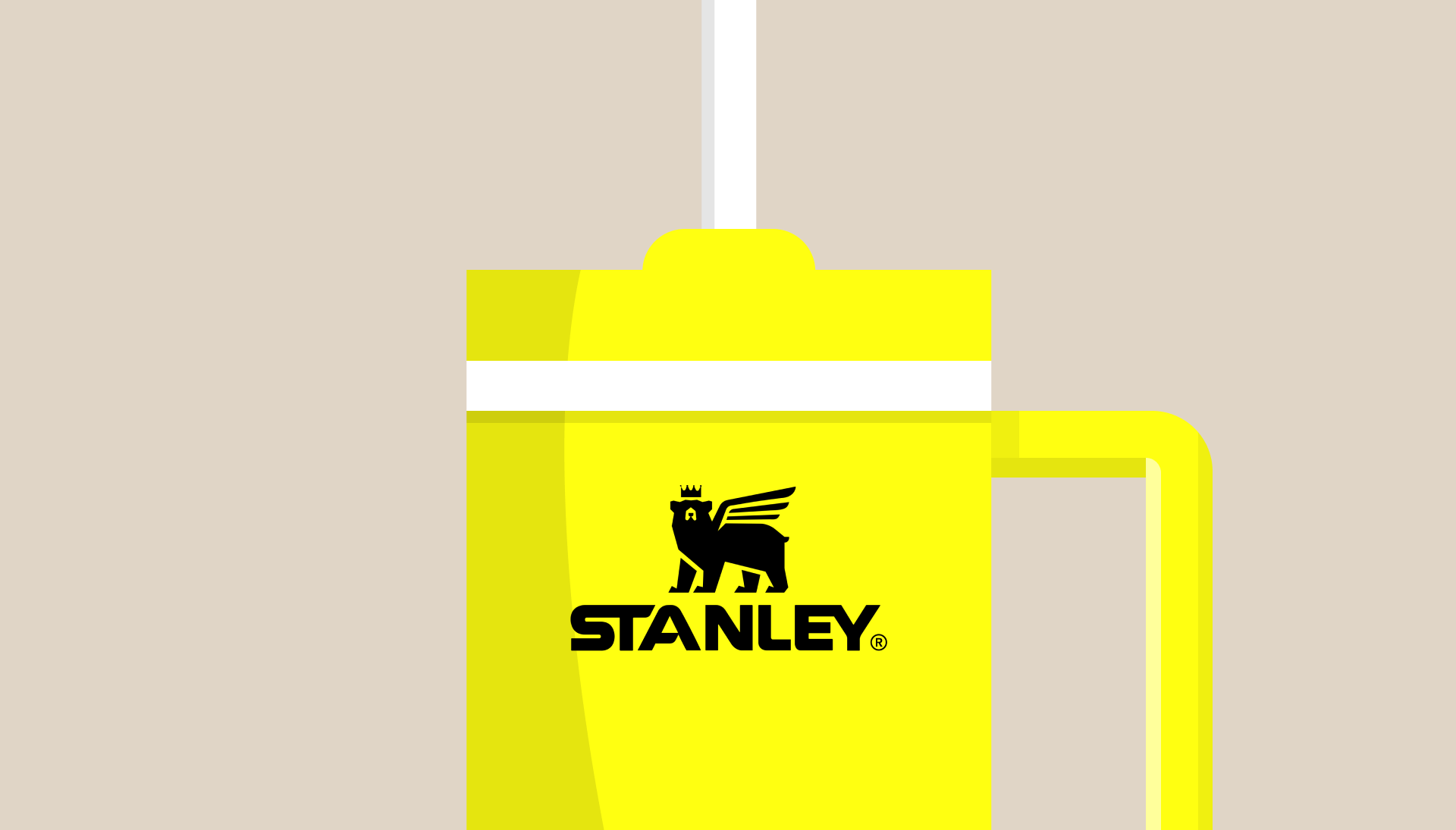You don’t need to be a banking expert to know that the Australian banking sector has long been dominated by the big four banks, plus a secondary tier of smaller, localised banks (who are generally owned by one of the big four).
Despite this dominance, there’s no love lost between Australians and their financial services providers – indeed only one financial services brand (Bendigo Bank) has been a regular in Australia’s most trusted brands index, while CBA managed to sneak into the top 10 recently thanks to their response to the pandemic.
So it’s fair to say that what’s long been a marriage of convenience has presented the perfect conditions for a dalliance in something new.
With the majority of Australians now comfortable conducting much of their banking online using a smartphone or computer, the emergence of digital-only banks, or Neobanks, isn’t surprising. And while neobanks have been around for a while in the UK, Europe and Asia, the first neobank to be granted a licence here was Volt in January 2019.
Without legacy infrastructures and software, Neobanks are able offer a better user experience, better prices, and more innovative features – the perfect recipe to attract the attention of young tech-hungry generations. Fast forward to today, and here are the big four (sound familiar?) neobanks in Australia: 86 400, Up, Xinja and the aforementioned Volt.
Where’s the carrot now?
Australian neobanks started out with a bang before the pandemic. With lower overheads, and a smaller product set, neobanks were able to offer higher interest rates on savings accounts to bring in new customers fast. And it worked, with one of the neobanks, Xinja, reaching 100 million deposits in 19 days following their launch.
With a better experience and better rates leading to happier customers, this NPS comparison between 86 400 (46) and the old guard (2.1) said it all.
But it’s fair to say no one saw the pandemic coming. And the impact on both consumers and the neobanks themselves has been telling.
In times of uncertainty we all place more value on safety and security. And irrespective of how we might feel about the big banks, they certainly offer that.
The problem for the neobanks is that by attracting new customers with the shiny carrot of high interest rates on savings, they created an incredibly costly business model for themselves. Even more so in a down market where new customers are few and far between.
As a result, between February and August of 2020, the Big Four Neobanks reduced their savings rates in line with reserve bank cuts. The knock-on effect of this was a slowing down in product development, something that’s critical for brands built on digital experience. In fact one of the neobanks, Xinja, who had previously offered public access to their development roadmap, abruptly shut it off.
This is compounded by the fact that the (original) Big Four have now had the time, resources and funding, to copy and deploy much of the functionality that made neobanks a better experience in the first place.
What can the Neobanks do next?
Without an attractive price advantage and a better user experience, what’s left for the neobanks?
By diversifying their offering into lending, insurance, and other financial sectors, it will help mitigate recent market conditions, however the key to long-term growth in any sector is rarely established through competitive pricing only.
Another area for product innovation we can see is through enhanced functionality. As the country has shifted more and more towards contactless payment solutions over the pandemic, innovations that leverage the network effects of payments are one possibility. While this WeChat example was significant for how it introduced a new behaviour into the Chinese market (splitting bills); it’s perhaps more significant for the way in which usage by existing customers helped to fuel acquisition of new customers.
But product and price alone will still make it difficult for neobanks to make long-term inroads, particularly while current economic conditions continue. To win, Neobanks will need to shift towards brand building and content creation to build trust amongst the Australian population.
By developing content that keeps customers involved, and helps reassure them of the safety and security of their investment, while also reinforcing the social proof of their decision, they’ll help guide their audience through ups and downs with more ease. Microinvesment app Raiz used a strong content strategy underpinned by a canny use of incentives and spending partners to sure up investment levels, whilst reminding their customers of the importance of a long-term focus through periods of volatility.
Coupled with a good content strategy, neobanks are also in a prime position to rapidly develop and deploy a multi-variant testing regime to determine what messaging is most effective for new customer acquisition ongoing. AFFINITY have deployed this technique in a range of categories, including for a home loan marketplace disruptor helping its business grow by over 300%.
But alongside all of this, it’s their brands that will need focus. While all of these neobanks come from the Uber-esque perspective of the “experience is the brand” – and all have very distinct visual personalities – comms to date have been very functional in tone and nature. This ignores the incredibly powerful emotional connection we have with the brands we choose.
As Sharp says of big brands, we may not always love them, but we connect with them, and that’s what keeps us together.
